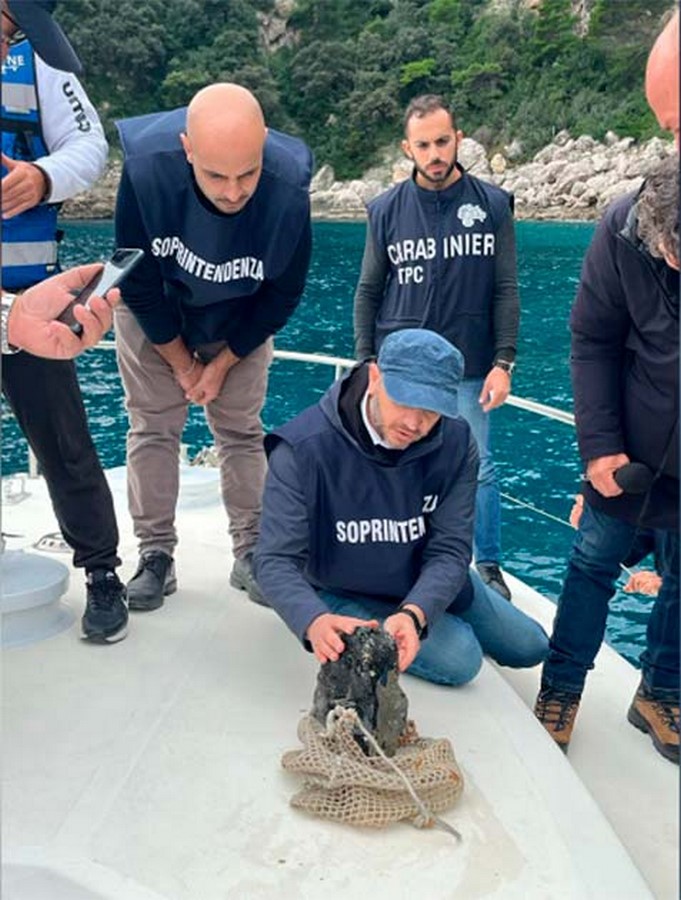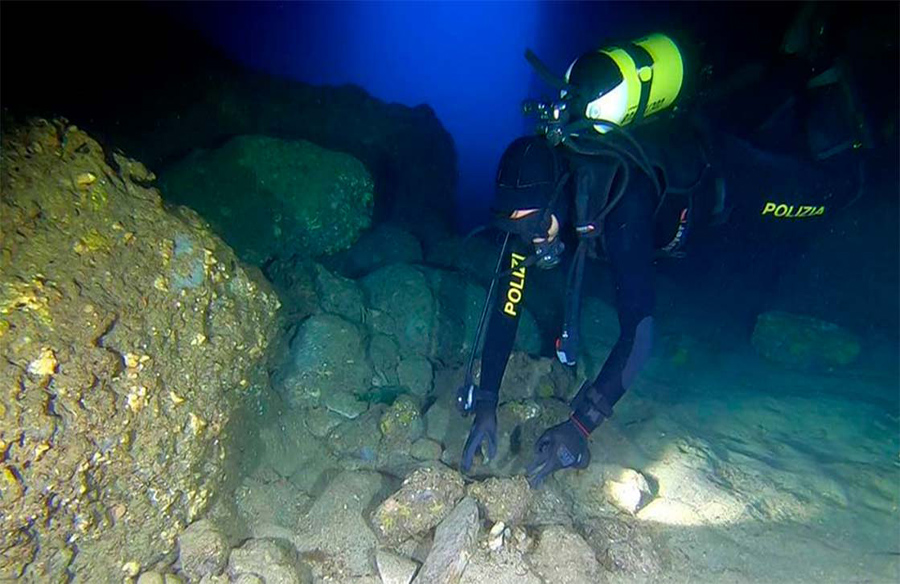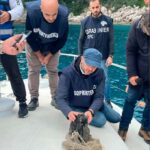Recent reports have generated excitement about the supposed recovery of a Neolithic shipwreck off the coast of Capri, Italy. However, upon closer examination, it becomes evident that the discovery is not as groundbreaking as initially portrayed. Let’s delve into the details surrounding this intriguing find.

Setting the Record Straight
Contrary to widespread claims, the artifact recovered from the seabed near Capri is not part of a shipwreck from the Neolithic era. Rather, it is a canoe—a significant distinction that alters the narrative surrounding the discovery. Furthermore, there is scant evidence to support the notion that the canoe sank during the Neolithic period, casting doubt on the validity of such claims.
The Obsidian Mystery
At the center of the speculation lies a chunk of chiseled obsidian, a type of volcanic glass. While the discovery of obsidian is noteworthy, attributing it to a Neolithic vessel requires substantial evidence, which is currently lacking. Moreover, the singular nature of the artifact raises questions about the validity of associating it with a larger collection of Neolithic artifacts.
Diving into Speculation
Initial reports suggested that the obsidian artifact “possibly” belonged to a Neolithic cargo, prompting speculation about ancient maritime trade routes. However, such conjecture lacks concrete evidence and should be approached with caution. Without additional artifacts or conclusive proof, labeling the discovery as Neolithic remains premature.
Skepticism and Caution
Experts have urged restraint in interpreting the significance of the obsidian find, emphasizing the need for thorough analysis before reaching definitive conclusions. While the discovery of a Neolithic wreck would be remarkable, it is essential to distinguish between speculation and established facts. Until further evidence emerges, skepticism surrounding the discovery is warranted.
Clarifying Terminology
The term “shipwreck” may evoke dramatic imagery, but in this case, it is likely an exaggeration. The vessel in question is more accurately described as a canoe—a smaller, less complex watercraft than a traditional ship. Clarifying terminology is crucial in avoiding misconceptions and accurately portraying archaeological findings.
Seeking Further Evidence
To ascertain the true nature of the submerged artifact, additional investigations are necessary. Diving operations aimed at recovering further items from the seabed may shed light on the origin and purpose of the canoe. Only through meticulous examination and analysis can researchers determine the vessel’s true historical significance.
Conclusion: Separating Fact from Fiction
While the discovery of an obsidian artifact near Capri is intriguing, it is essential to temper excitement with skepticism. Premature assertions about its Neolithic origins lack substantive evidence and may lead to misconceptions. Moving forward, rigorous scientific inquiry will be crucial in uncovering the truth behind this enigmatic find.




















